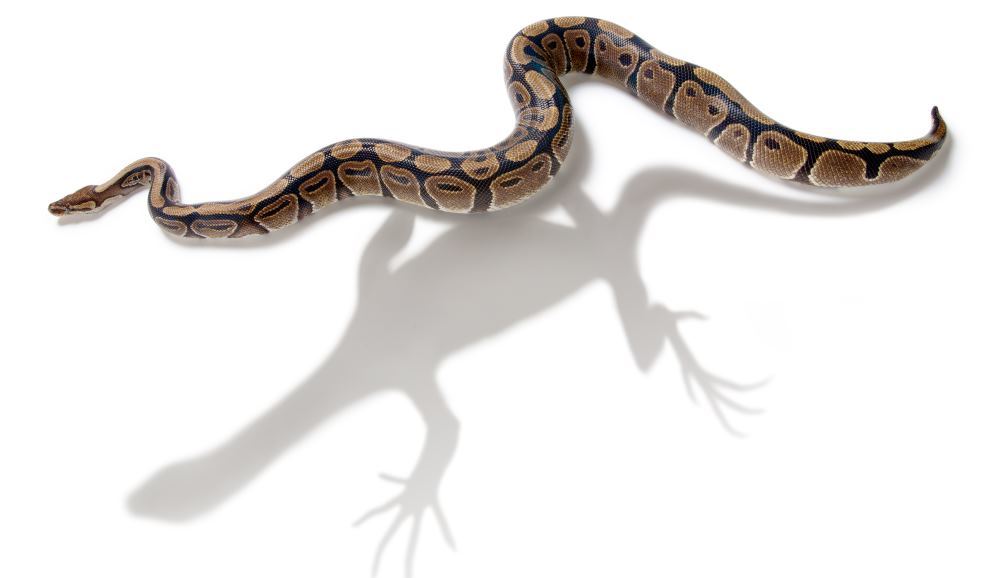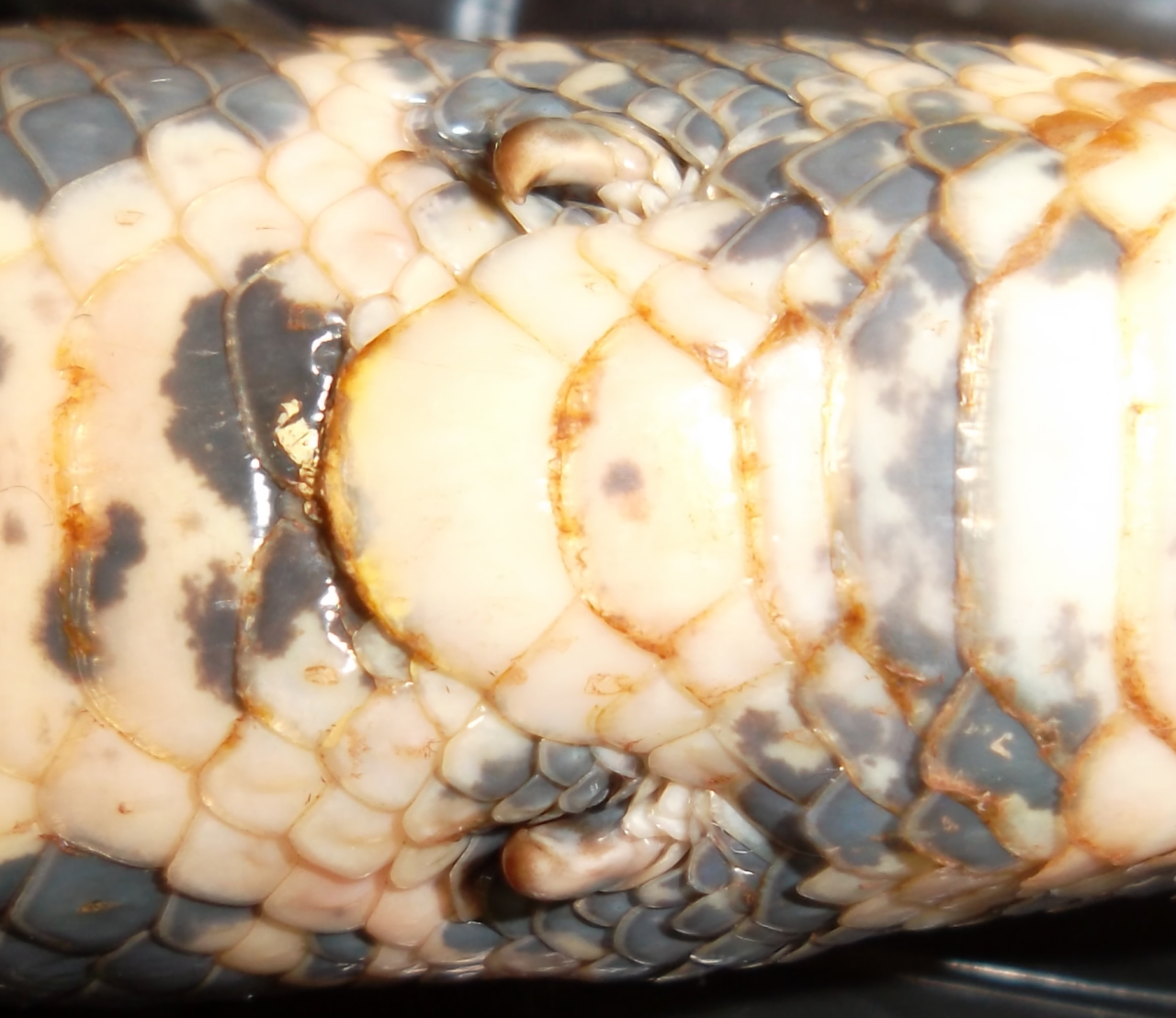Scientists from the University of Florida have identified the genetic cause of snake paws

The ancestors of modern snakes 150 million years ago moved, actively using limbs. After a few tens of millions of years, the snake's limbs disappeared. Until now, the cause of this loss was unclear, although scientists have been trying to find an answer to the question “where did the snakes' paws go?” For many years. In the 90s of the last century, a team of scientists from the University of Florida decided to tackle this issue.
On October 21, scientists published the results of their work. As it turned out, paw loss is a mutation associated with a change in a specific enhancer gene (a modifier gene that enhances the phenotypic manifestation of another gene). In the case of snakes, the gene that controls the activity of other genes responsible for limb formation has undergone changes.
“It’s very interesting to know that certain changes in the genome affect the extinction of the limbs,” says one research participant.
The discovery was made by Martin Cohn, a professor of molecular genetics and microbiology, and a graduate student, Francisca Leal. Scientists investigated the work of genes in the developing python embryo, and also compared the genome of snakes and lizards. Interestingly, cobras and vipers do not have any limbs, while pythons and boas have rudimentary paws.

These outgrowths are all that remains of python paws.
Back in 1999, Kohn and his colleagues realized that a number of snake gene sets work a little differently than other reptiles. The use of specific methods for working with reptile DNA led to the fact that limbs began to grow in snake embryos. Unfortunately, 17 years ago, scientists did not have the ability to study the DNA of living beings, which experts now have. However, in 2003, scientists were able to understand that the activity of one of the DNA segments plays an important role in the formation of limbs in lizards. Snakes have this plot. Specialists continued to study the features of the work of this DNA segment and over time received a sufficiently large amount of data about the features of his work.
As it turned out, the mutation of the amplifier gene, which led to the loss of paws by snakes, is not one - there are three of them at once. The effect of these mutations is cumulative; they have removed a section in the amplifier gene called Sonic hedgehog (supersonic hedgehog). This site is known as a place of communication of the transcription factor. The amplifier is responsible for the inclusion of the Sonic hedgehog patch, which, in turn, is responsible for limb formation. The cumulative effect of the three mutations leads to the fact that this section either does not turn on at all (in cobras and vipers) or turns on for a very short time, after which it turns off permanently.
As it turned out, in the genome of python and boa there is a whole set of instructions for the formation of paws. But, since during the development of the embryo the part of the genome, which is responsible for the development of the extremities, almost does not work, only the rudiments of the legs form in the boa and pythons.
Other booster and python enhancer genes still remain in the DNA, including those that are responsible for activating the Hoxd13 gene, through which limb development occurs. In the early stages of development, the python embryo has cellular sources of the complete skeleton of the paws, including the bones of the fingers. At the time of release from the egg in young pythons, only small rudiments of the femur bones remain from all this, and nothing more.
“The results of our research show that the formation of limbs in python goes much further than we thought to date. In order for the embryo to have paws, there is everything necessary in the python genome. But the process of forming the skeleton simply does not end, " said Cohn.
 A second team of scientists, led by Axel Wiesel from Lawrence National Laboratory in Berkeley, California, decided to check what would happen if the mouse enhancer gene mentioned above was replaced with a similar snake gene. For this, a genome editing technique known as CRISPR-cas9 was used. In order to verify the effect of the snake amplifier gene, mice and human and fish amplifier were transplanted.
A second team of scientists, led by Axel Wiesel from Lawrence National Laboratory in Berkeley, California, decided to check what would happen if the mouse enhancer gene mentioned above was replaced with a similar snake gene. For this, a genome editing technique known as CRISPR-cas9 was used. In order to verify the effect of the snake amplifier gene, mice and human and fish amplifier were transplanted.As it turned out, in the last two cases, the limbs in mice were formed quite normally. But when using the snake amplifier gene instead of normal limbs, only hillocks were formed in the embryos of mice. After the scientists inserted the missing DNA fragments into the enhancer, the limbs of the mice began to form normally.
Twenty years ago, paleontologists found the fossilized remains of the ancestors of modern snakes, who had limbs. Some scientists have decided that the loss of snake legs happened later than previously thought. At the same time, other experts said that some species (dead-end branches) of the ancestors of snakes simply evolved, getting their paws back. The results of research by modern scientists show that the second group of scientists is probably right.
As far as can be judged, experts say, the evolutionary mechanism is not only powerful, but also flexible. It allows some creatures to re-develop once lost organs and body functions.
